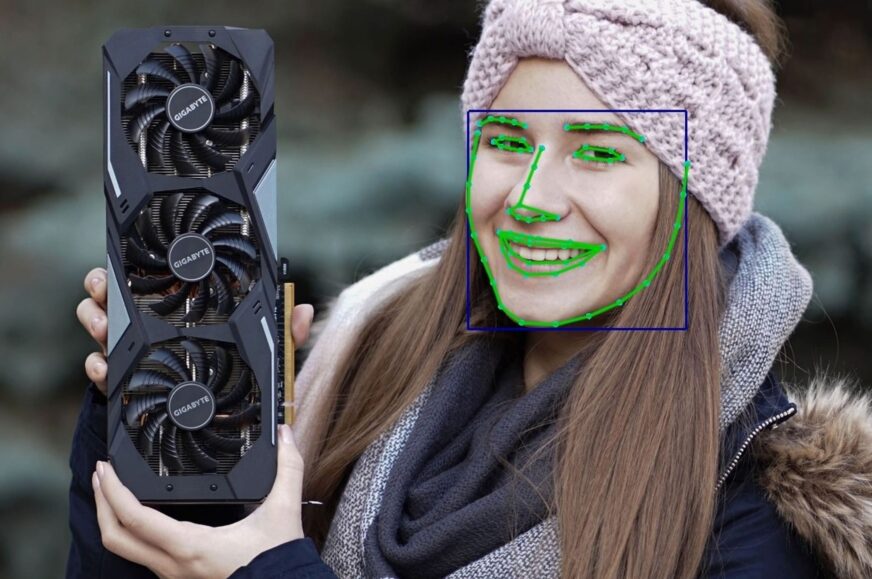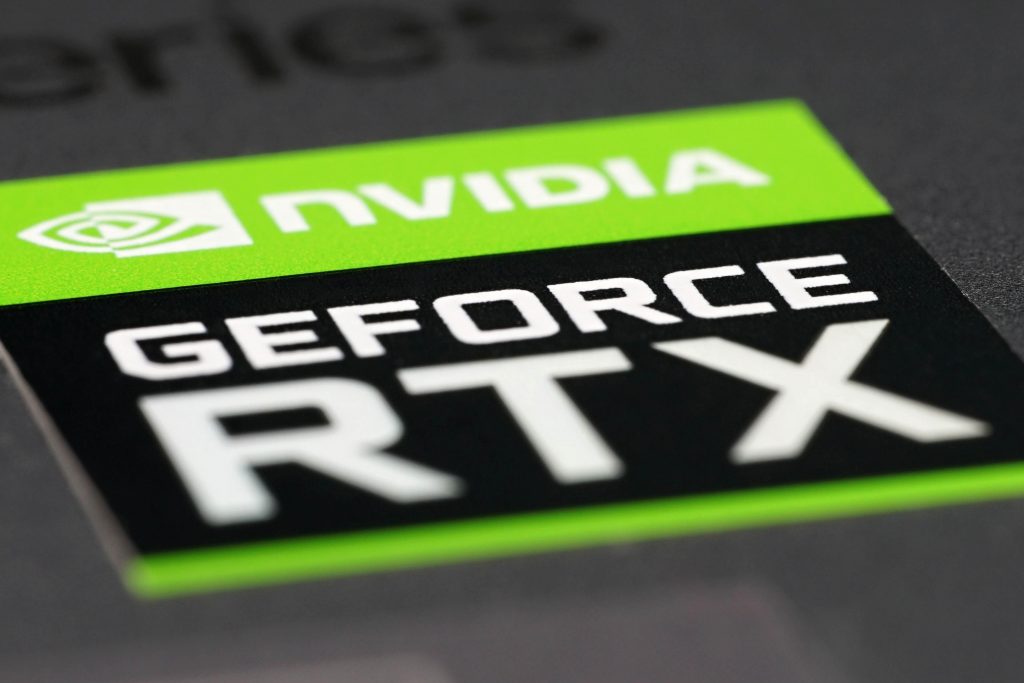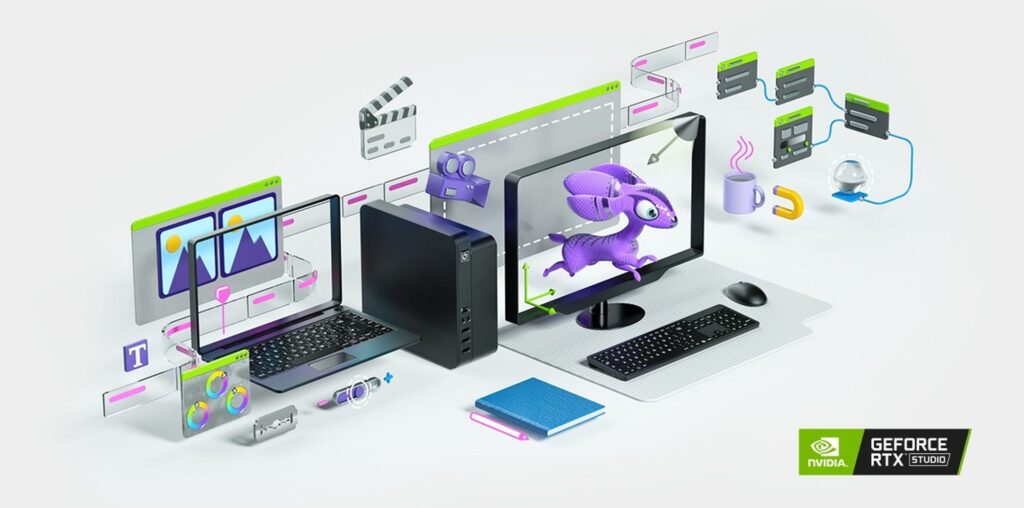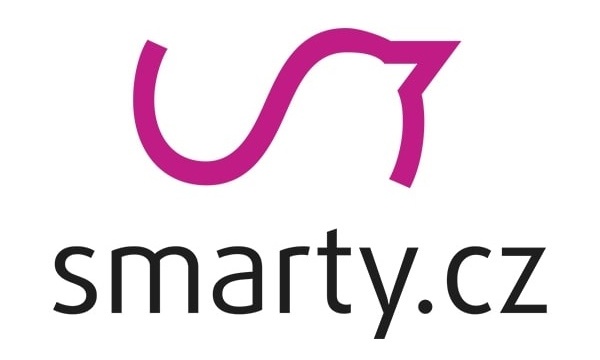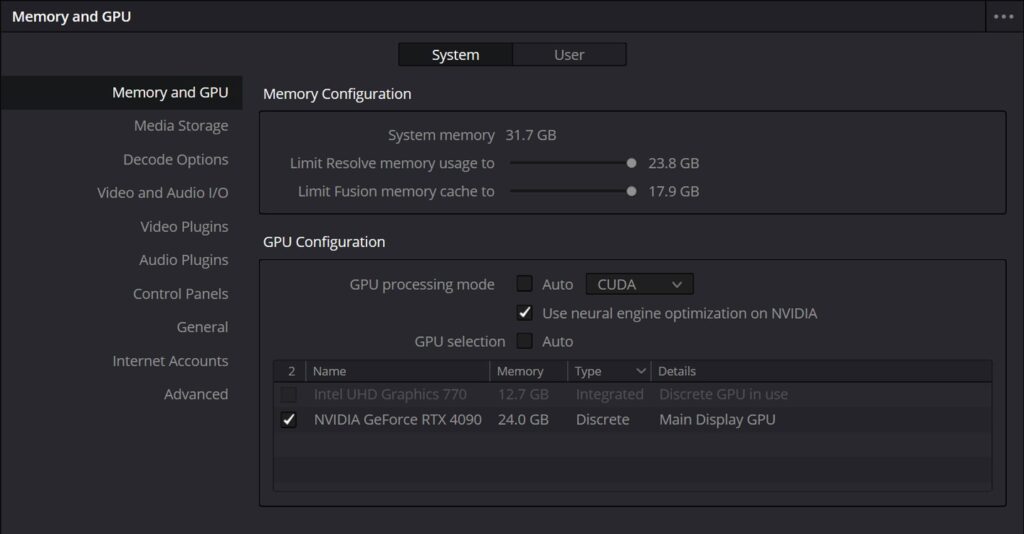What is it about?
DaVinci Resolve (Studio) video editing applications are highly optimized for hardware acceleration by GeForce RTX graphics cards. These can dramatically reduce the time of some tasks, turning hours into minutes or, for larger projects, days into hours. We’ll take a look at what exactly this is about in a two-part miniseries dedicated to streamlining work in Black Magic Studio video editors with NVIDIA Ada Lovelace GPUs.
Disclaimer: This article was commissioned by NVIDIA and is paid. However, the company did not interfere with its content in any way, and the only requirement was to introduce users to the GPU acceleration capabilities in DaVinci Resolve (Studio) using GeForce RTX graphics cards.
NVIDIA Studio?
Computer configurations that meet certain computing performance requirements are included by NVIDIA in the so-called “Studio” family (NVIDIA Studio). There are a number of things required to obtain such status, including the requirements for the processor used, but that is beside the point for the purposes of this article. For now, suffice it to say that as long as the other requirements meet the minimum criteria, the last piece of the puzzle is currently a graphics card at least at the RTX 3050 level. There is no upper limit and the more powerful the GPU, the more computing performance you will naturally get.
Instead of “gaming” GeForce graphics cards, “professional” models (from A4000 upwards) can also be used. The presence of tensor (AI) cores is always key.
A complete list of graphics cards for “NVIDIA Studio” can be found in a table at nvidia.com, where individual models are categorized by computing performance into three groups – Creative Dabbler, Creative Maestro, and Creative Powerhouse.
Resolve vs. Resolve Studio…
Black Magic Design has two variants of DaVinci Resolve. One free (DaVinci Resolve) and one that comes with a paid license (DaVinci Resolve Studio), the latter with the “Studio” moniker. Although even the basic DaVinci Resolve is a feature-heavy application even for more advanced users (video editors), DaVinci Resolve Studio has a few useful extra things. Ones that mostly have to do with just the advanced hardware acceleration capabilities and the application of the AI cores of NVIDIA graphics cards.
In addition to supporting higher output resolution (up to 32K versus 4K in the free Resolve) combined with a higher frame rate (120 fps versus 60 fps, for example), it’s also a number of useful tasks that include an engine that uses neural networks. Of course, there are a number of differences between the studio and “ordinary” builds, but for the purposes of this article we’re mainly interested in those tasks that are noteworthy in terms of acceleration with modern GeForce RTX graphics cards.
… and neural engine in newer versions
New since DaVinci Studio 18.5 are hardware optimizations for the neural engine. These take place after initial startup and while they can be skipped, don’t do this with supported hardware. Doing so would deprive you of the computing performance available to you. In the settings (these are invoked with the keyboard shortcut Crtl + ,) on the GPU and Memory tab, make sure that the graphics card detection has been done correctly.
From the tasks that utilize AI units, we have selected five popular ones (Magic Mask, Smart Reframe, Face Refinement, Optical Flow a Super Scale), that we will introduce in more detail in the following chapters of this article. Besides these features, there are others that can be accelerated by the power of the GPU, and the good news is that the team around Puget Systems is including them in their tests in build 0.98.0 Alpha. This is, at least for now, not public info (perhaps because it’s a really new, untweaked thing from late September 2023), but if that changes (and Puget Systems publishes this benchmark), we’ll be happy to include these tests in our standard graphics card testing methodologies.
AV1 (and HEVC) encoding
Finally, we’ll take a look at the AV1 encoding capabilities of NVIDIA’s NVENC encoder (4K@30 and 8K@30), which is one of the multimedia innovations for the current generation of GeForce RTX 4000 graphics cards (RTX 3000s with the Ampere architecture don’t yet support AV1 encoding).
And for comparison (RTX 4060 and RTX 4090), we’ll also reach for HEVC later to compare encoding speeds with an Intel Core i7-14700K GPU (UHD 770) without AV1 encoding support (Raptor Lake Refresh still only handles AV1 decoding).
⠀
- Contents
- What is it about?
- Magic Mask, Smart Reframe
- Face Refinement, Optical Flow and Super Scale
- AV1 and HEVC encoding
- Explore: what is the AV1 video format?





